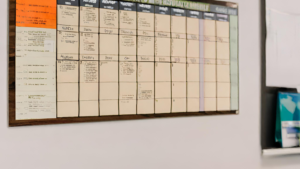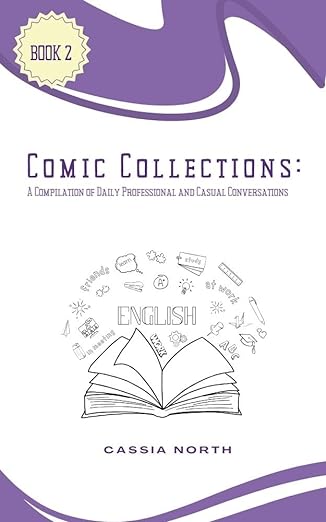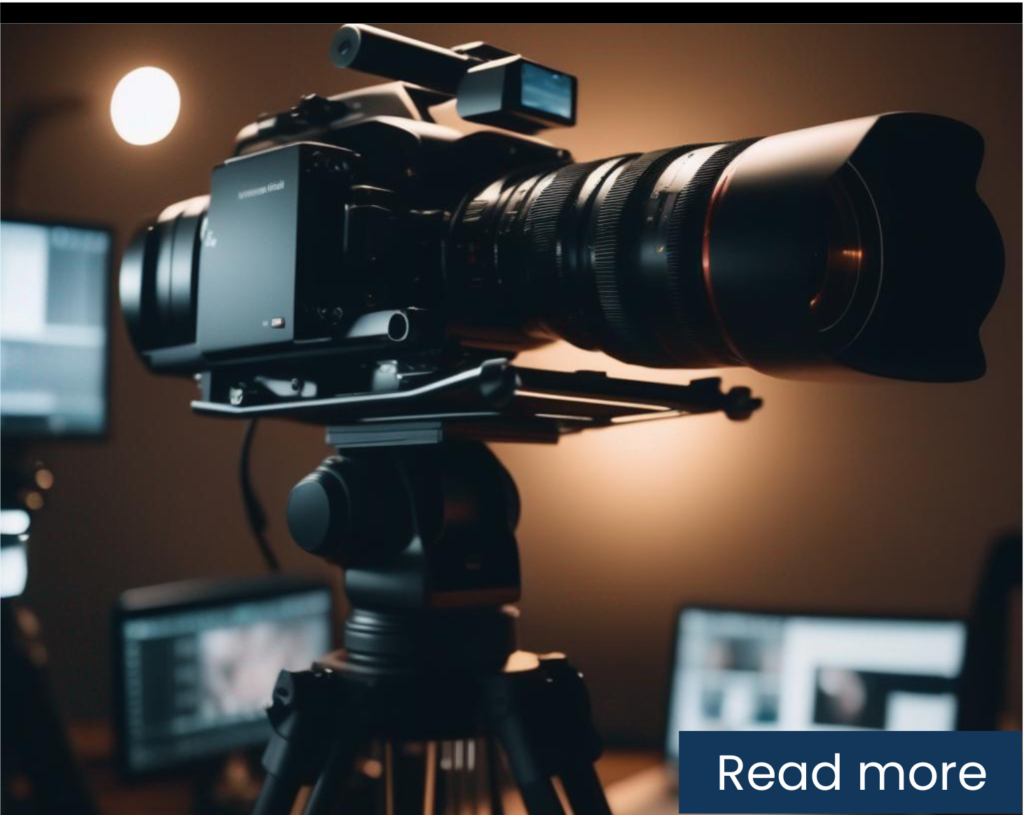The present simple tense, while basic, is incredibly versatile in its application. Understanding its various uses is essential for effective communication in English. Here, we delve into some of the primary contexts in which this tense is employed.

Expressing Habitual Actions and Routines
One of the most common uses of the present simple is to talk about habits or things that we do regularly. It is ideal for describing daily routines, repeated actions, or consistent behaviors.
For example:
I wake up at 6 am every day.
She travels to work by train.
These sentences convey actions that occur regularly, emphasizing the routine nature of the activities.

Stating Facts and Universal Truths
The present simple is also used to state facts or things that are generally true. This application is especially common in academic writing and when making general statements.
For example:
Water boils at 100 degrees Celsius.
The Earth revolves around the Sun.
These examples reflect facts or universal truths that are always true, not just at the moment of speaking.

Fixed Arrangements, Schedules, and Timetables
Another critical use of the present simple is to refer to fixed arrangements, schedules, or timetables. This is particularly common in contexts like public transportation schedules, class timetables, or other fixed plans.
For example:
The train leaves at 8:45 in the morning.
Our class starts at 9:00 am every Monday.
These sentences are used to describe events that are scheduled and occur at a stated time.

Storytelling or Recounting Events
The present simple tense is also frequently used in storytelling or recounting events, especially to make the story more engaging and dynamic.
For example:
The hero walks into the room and sees the treasure.
She opens the letter and reads the message aloud.
These examples show how the present simple can bring immediacy and a sense of action to stories or recounts.

Offering Instructions or Directions
Finally, the present simple is often used when giving instructions or directions. This use makes the instructions clear and direct.
For example:
You take the first left, then go straight for two blocks.
To make a cup of tea, first boil the water.
In these examples, the present simple tense provides clear, step-by-step guidance.
Conclusion
The present simple tense, with its various applications, is a fundamental tool in English communication. Its ability to express routine actions, facts, fixed schedules, and provide instructions makes it an indispensable part of the language. Understanding these uses will not only enhance your grammatical skills but also improve your overall ability to communicate effectively in English.













